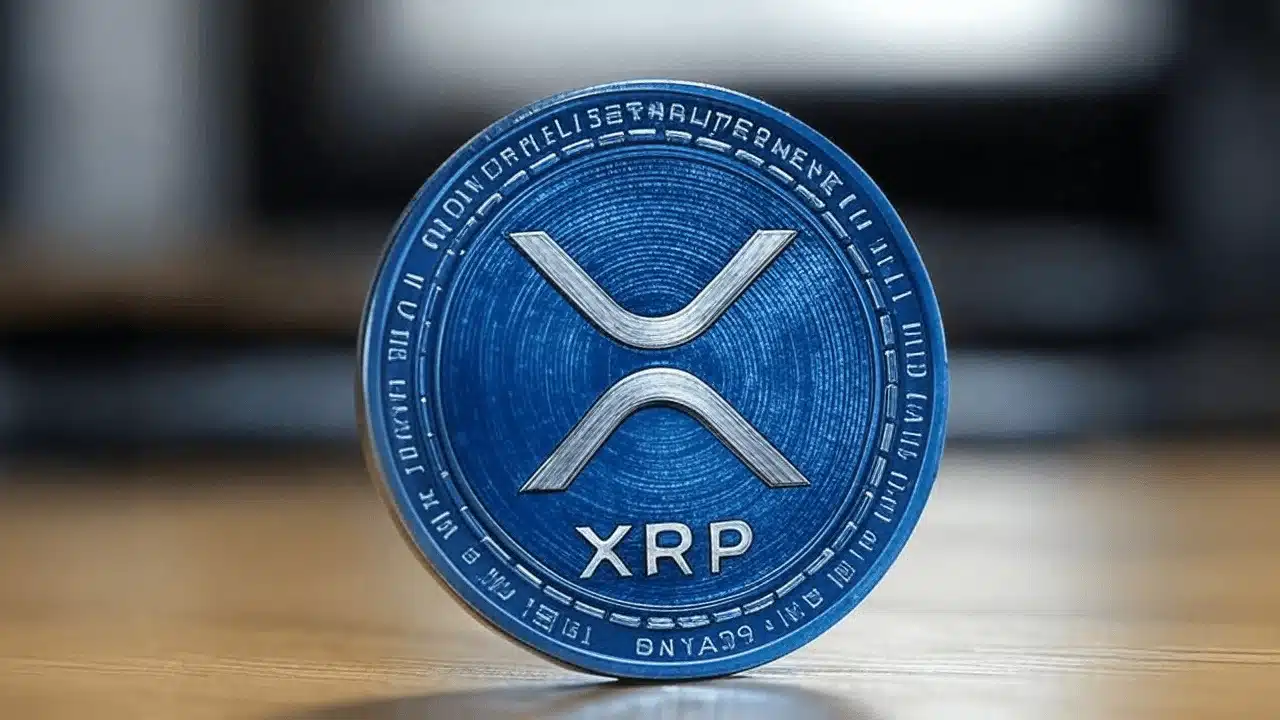- Dillon described XRP as the “financial Matrix’s source code”, built specifically for institutional payments.
- He highlighted XRP’s EVM sidechain, AMM features, and native DEX (since 2012) as proof of its early innovation.
- With 150+ validators, zero downtime in 12 years, and partnerships with banks, Dillon said XRP is “not hype, but architecture.”
XRP community member Dillon has described XRP as “the financial Matrix’s source code, quietly rewriting the global system from the inside out,” noting that people still don’t realize a lot of interesting facts about the digital asset and its underlying technology.
He gave a detailed breakdown, positioning XRP not as just another digital asset but as a purpose-built foundation for institutional finance and cross-border value transfer.
Purpose-Built Infrastructure for Banks
Dillon emphasized that XRP was engineered for institutional-grade payments, not retail speculation, and serves as the backbone for Ripple’s On-Demand Liquidity (ODL) technology, which eliminates the need for pre-funded accounts in global settlements.
Also Read: Pundit to XRP Holders: “The XRP Market Cap Logic is Broken” — Here’s What It Means
This, he said, unlocks billions in trapped capital and enables faster, cheaper cross-border payments across RippleNet’s 70+ country network.
He noted XRP’s compliance with the ISO 20022 global payments standard, now being adopted by banks worldwide, and its integration into central bank digital currency (CBDC) projects through Ripple’s partnerships.
The network’s carbon-neutral footprint, near-instant transaction times, and negligible fees make it one of the most energy-efficient and scalable blockchains in operation.
Advanced Utility and Innovation Layers
Dillon’s thread also highlighted the EVM sidechain, enabling Ethereum-compatible smart contracts on the XRP Ledger (XRPL), and the automated market maker (AMM) functionality designed to deepen liquidity and offer passive yield. XRP’s native decentralized exchange (DEX), live since 2012, was described as “ahead of its time,” predating the modern DeFi ecosystem by years.
The Institutional Edge
With partners such as SBI Holdings, Santander, and Tranglo, Ripple’s expanding global reach is backed by a federated sidechain model, allowing banks to use private ledgers while tapping into public XRP liquidity. The Liquidity Hub further unifies crypto, fiat, and stablecoin access for enterprises, a cornerstone in bridging traditional and digital finance.
Addressing centralization concerns, Dillon underscored that Ripple operates less than 5% of the validator nodes, with over 150 validators globally maintaining network consensus. He reminded readers that the XRP Ledger has run for 12 years without a single hack or downtime, making it one of the most resilient blockchain infrastructures to date.
‘Not Hype, But Architecture’
Dillon concluded his post with a strong assertion: “This isn’t hype. It’s architecture.” He argued that XRP is the settlement layer for the Internet of Value, designed to interconnect CBDCs, stablecoins, and traditional financial rails. “You’re not just investing,” he wrote. “You’re seeing the Matrix for what it really is.”
Also Read: Fed’s $2.5 Trillion Liquidity Bomb: The XRP Connection Will Shock You
